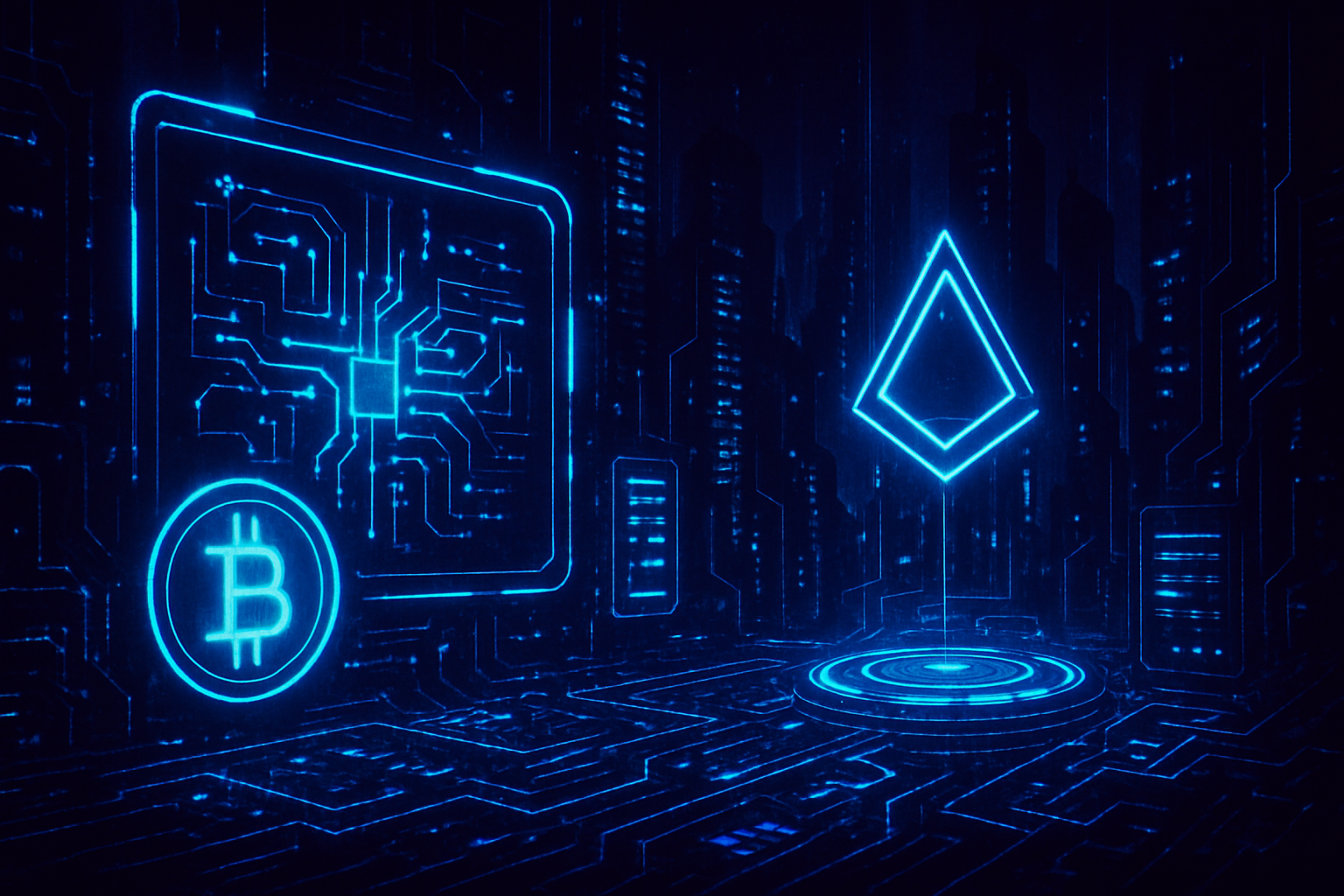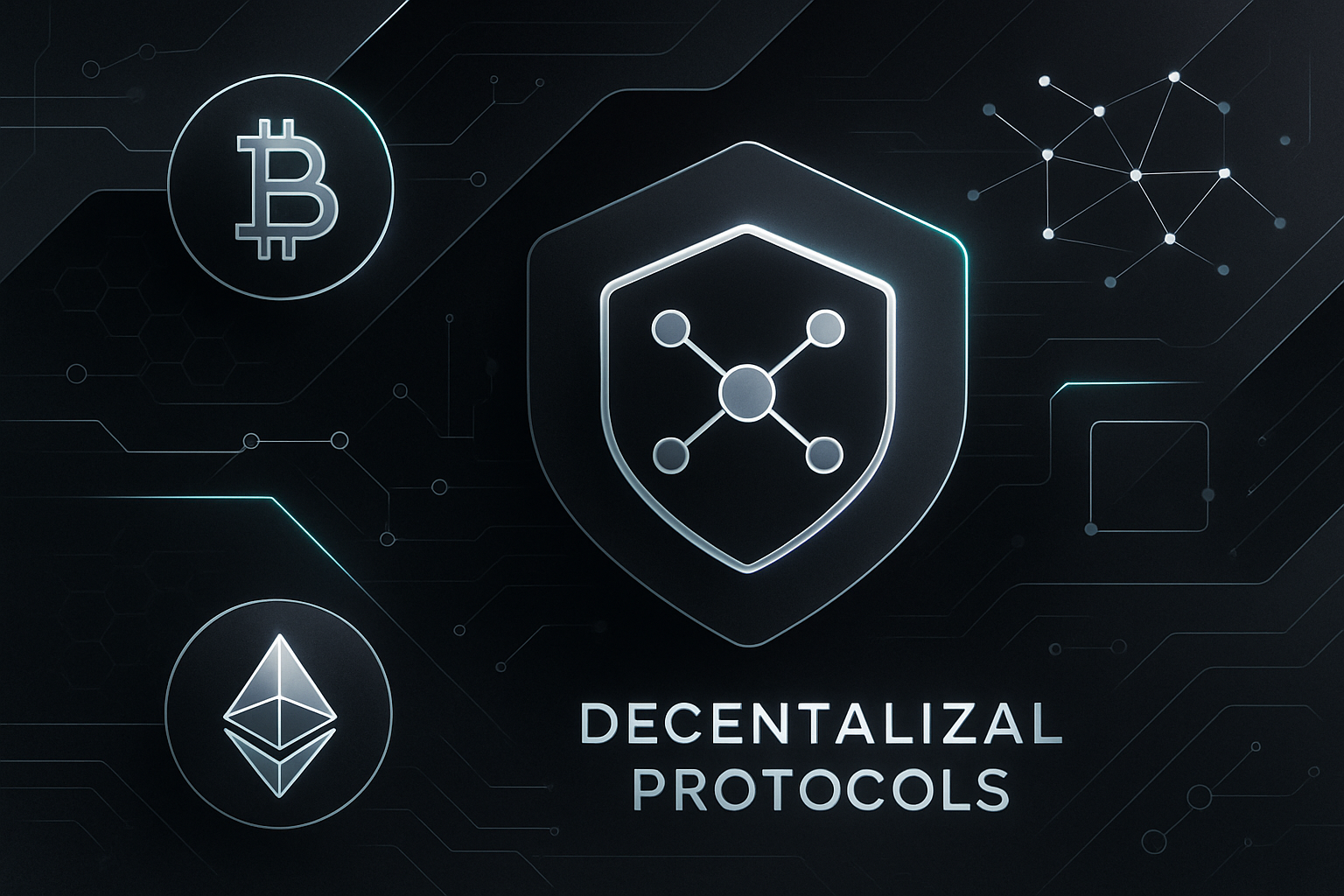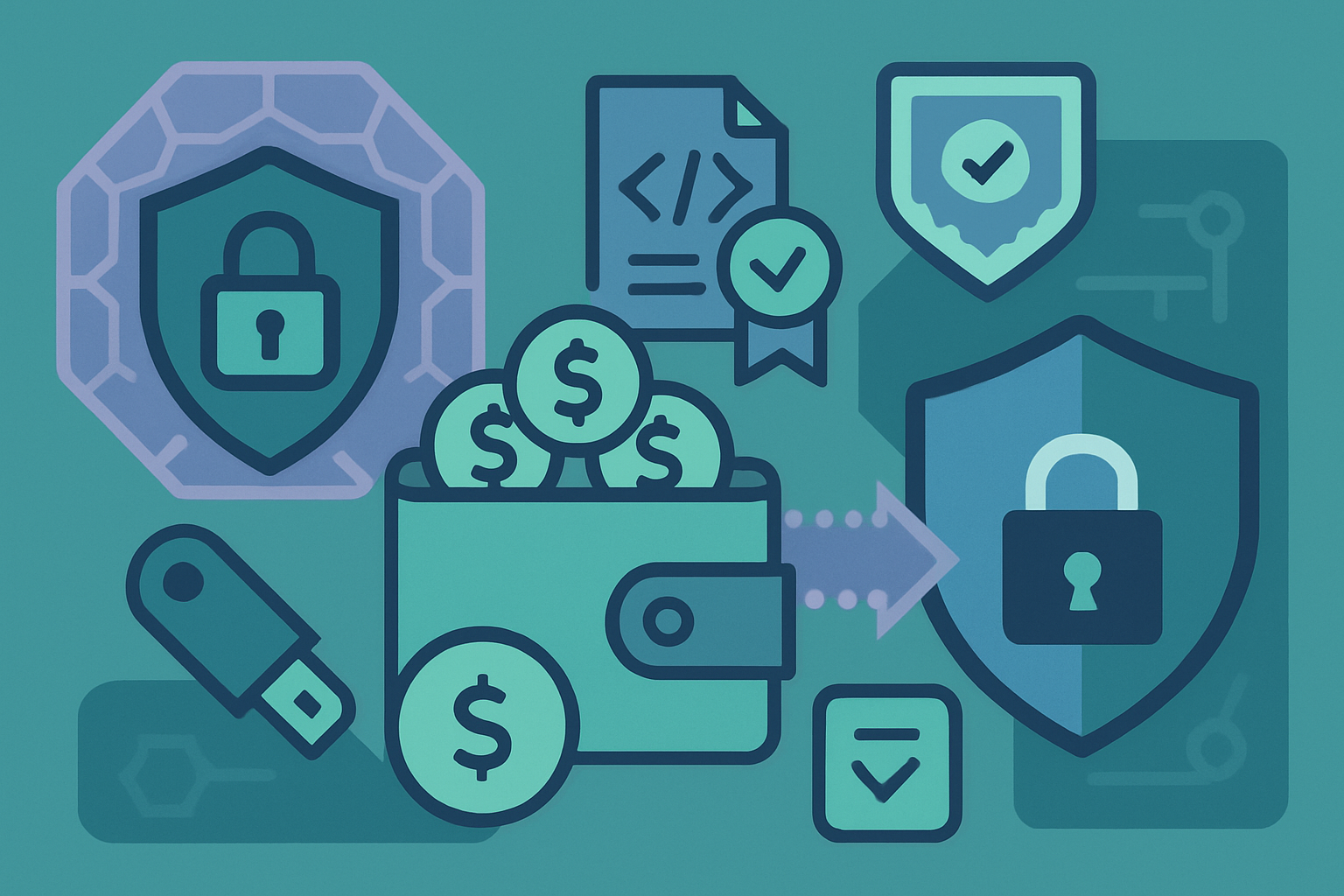How to Build a Fully On-Chain Game with Dojo: Step-by-Step Guide for Developers

Fully on-chain game development is rewriting the playbook for blockchain gaming. With the Dojo framework’s latest 1.7.0 release, building scalable, provable games on Starknet or Katana is not just possible – it’s accessible and efficient for developers at every level. Whether you’re a veteran coder or a Web3 newcomer, understanding how to leverage Dojo’s Entity Component System (ECS) architecture will set your project apart in today’s fast-evolving on-chain ecosystem.

Why On-Chain Games? The Momentum Behind the Shift
Traditional blockchain games often store only assets and critical logic on-chain, leaving game rules and interactions off-chain. This limits transparency, composability, and trustlessness. Fully on-chain games flip this paradigm: every rule, asset, and interaction is verifiable by anyone at any time. The result? True digital ownership, permissionless innovation, and emergent gameplay that can’t be rug-pulled or censored.
Recent upgrades to frameworks like Dojo are fueling this movement. By abstracting away complex blockchain plumbing and offering robust tools (including Katana testnet support and updated Unity SDKs), Dojo empowers devs to focus on what matters: gameplay mechanics and player experience.
Core Concepts: How Dojo Makes On-Chain Game Development Click
The secret sauce behind Dojo is its ECS model – an approach borrowed from high-performance game engines like Unity but supercharged for decentralized environments. Here’s how it breaks down:
- Entities: Unique identifiers (players, monsters, items) that exist in your world.
- Components: Data containers (health points, position, inventory) attached to entities.
- Systems: Logic processors that update components based on game rules (e. g. , combat resolution).
This modularity means you can define complex logic in Cairo – Starknet’s native language – while keeping each part of your codebase cleanly separated and easily upgradable. Your entire game state lives transparently on Starknet or Katana; no more black-box servers or hidden mechanics.
Your Step-by-Step Path to Shipping an On-Chain Game with Dojo
If you’re ready to get tactical with fully on-chain development, here’s what your journey looks like using the latest Dojo stack:
You’ll start by installing the toolchain (Sozo, Katana, Torii) and scaffolding your project structure using templates from ‘Awesome Dojo’ or ‘Dojo by Example. ’ Next comes defining your core components in Cairo, think player stats, NFT-backed assets, map tiles, followed by writing systems that drive gameplay logic like movement or crafting.
The beauty? Each step is provable and open for composability; other developers can build extensions or mods directly atop your deployed contracts without permission. For more advanced builds (such as integrating with Unity clients), the updated Unity SDK now supports both desktop and WebGL platforms out of the box.
Testing and iteration are essential in fully on-chain game development. With Dojo’s Katana testnet, you can rapidly deploy prototypes, simulate player actions, and debug your Cairo contracts in a frictionless sandbox. This setup ensures that gameplay logic is airtight before you commit to Starknet mainnet, where every transaction is immutable and visible to the world.
Pro tip: Leverage the ‘Dojo by Example’ repo for practical code snippets and patterns. These community-driven examples span everything from basic turn-based combat to complex resource economies, perfect for jumpstarting your own game logic or learning best practices in Cairo.
Deployment, Upgrades, and Community-Driven Worlds
Once your core systems are battle-tested, deploying to Starknet is a breeze using Sozo CLI. The latest Dojo release streamlines contract uploads and schema migrations, so you can iterate on features without breaking existing player progress. Thanks to ECS modularity, adding new components or systems (say, a guild mechanic or dynamic weather) becomes a matter of updating isolated modules rather than refactoring your entire codebase.
This flexibility is why on-chain games built with Dojo are at the forefront of autonomous worlds. Players, and even other developers, can propose upgrades, fork worlds, or remix mechanics without centralized gatekeepers. Your game becomes a living protocol: open-ended, extensible, and always evolving.
Level Up: Resources and Next Steps
If you’re serious about mastering fully on-chain game development with Dojo, tap into these action-ready resources:
- Awesome Dojo: A curated collection of tools, templates, libraries and showcase projects, all open source.
- Dojo by Example: Real-world code walkthroughs for every major system pattern.
- Official Docs and Unity SDK: Stay current with the latest API changes and cross-platform integration guides.
The momentum behind fully on-chain gaming isn’t slowing down. With frameworks like Dojo lowering the technical barrier, and composable economies unlocking new value flows, now’s the time to start shipping worlds that can outlive any single studio or server.
What is your biggest challenge when building fully on-chain games with Dojo?
With Dojo 1.7.0 bringing new features and comprehensive guides for on-chain game development on Starknet, we’re curious: what aspect do you find most challenging in your journey? Share your experience!
If you want hands-on guidance or deeper technical dives into MUD/Dojo-powered projects, check out our full developer guide at How to Build Fully On-Chain Games with MUD and Dojo: A Practical Guide for Web3 Developers. Ready to catch the next big wave? Start building today, and let the chain be your playground.











